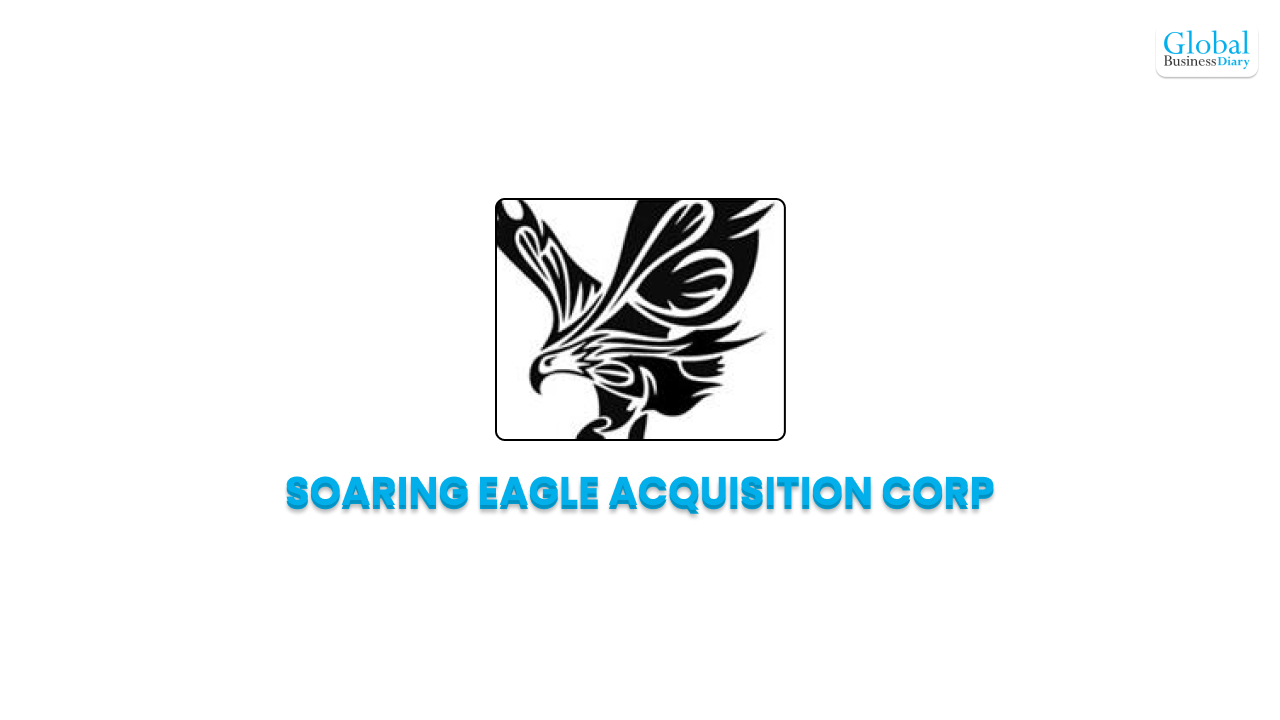Do you want to know about the global fintech companies of 2024? If yes, you must read this article till the end to have a better insight into it. Without Knowing the facts, you cannot make things happen in your way within a specific time frame.
The Fintech industry is growing faster, and you must use these technologies to keep your financial system updated. This can automate and improve all financial services with complete ease.
The concept of Fintech is not only limited to Paypal and Paytm-type companies but also to Cryptocurrency that conjures thoughts of NFTs. You need to see through the depths of this concept to have a clear insight into it.
Top Fintech Companies Of 2024
There are several top Fintech companies present right now in the global business arena. You must be aware of it to make situations work perfectly for you. Effective planning will assist you in reaching your goals with ease.
1. Tencent
Tencent is one of the most popular Fintech conglomerates whose current revenue stands at $82.3 billion. Its headquarters is in Shenzhen, China. It offers internet-related services and products through its subsidiaries and investments. This is one of the popular global fintech companies that can meet your needs with ease. The evolution of Fintech has given rise to this company.
Some of the key factors to know about this company are as follows: -
They have hands-on experience in making video games and social media.
Tencent also offers venture capital to its clients.
Ecommerce, Card payment processing, and payment systems are its main businesses.
This is one of the most valuable public companies in China and currently holds the rank of 10 in the world right now.
2. Visa
Visa is another big global Fintech company whose services and products are quite popular in the world right now. Although, the current net worth of this company is $29.31 billion. Its headquarters is in California. This is a multinational card service corporation. They are specialized in transferring electronic funds.
Some of the key factors of this company are as follows: -
The company facilitates the complete relationship between users as well as Visa-branded cards.
In 1958, Bank Of America founded this company.
Additionally, Visa operates in over 200 countries and territories, making it one of the most widely accepted payment networks in the world.
One of the world's largest electronic payment networks, facilitating transactions between consumers, businesses, banks, and governments.
3. Paypal
Paypal is one of the most popular global fintech companies whose products and services are known to everybody. This is an online payment processing company that makes money transfer for individuals. The current revenue of this business is $27.52 billion. Its headquarters is in San Jose, California.
Some of the key factors of this company are as follows: -
The company was founded in 1998 as Confinity.
PayPal enables users to make payments for goods and services online, both domestically and internationally.
Security and the use of an advanced encryption system are among PayPal's main priorities that you must know about.
This is one of the most renowned global fintech companies in 2024 to meet your requirements with ease.
It allows users to transfer money and manage their accounts from their smartphones. Additionally, they reduce the lack of skills problems.
4. Mastercard
Mastercard is a global financial services company that operates one of the world's largest payment processing networks. The current net worth of this business is $22.24 billion, and it is one of the largest global fintech companies. You must know some of the key factors about this company to reach your goals with ease. Although, you must ensure that due to high demographic shifts in US, it is essential due to it.
Some of the key factors of this company are as follows: -
Mastercard operates a global payment network that processes transactions between consumers, businesses, banks, and merchants.
They issue credit and debit cards that are widely accepted for payments at millions of locations worldwide.
It develops and provides technology for secure electronic payments.
This company partners with merchants, banks, and technology companies.
5. Fiserv
This is a multinational Fintech Company that can help your business to grow at a rapid pace. The current net worth is $17.74 billion. You need to get through the complete process that can assist you in reaching your requirements with ease. This company is in Brookfield, Wisconsin.
Some of the key factors of this company are as follows: -
It offers core banking solutions for financial institutions, including account processing, transaction processing, and digital banking services.
This provides a range of payment processing services, including card processing, electronic bill payment, and person-to-person payments.
Additionally, it provides risk management solutions for financial institutions, including fraud detection and prevention, compliance, and cybersecurity.
They help to move money between Individuals and organizations.
Fiserv offers a range of digital banking solutions, including online banking, mobile banking, and digital payment solutions.
6. Block Inc
This Company was founded in 2009. Block Inc.’s current net worth is $17.53 billion. You must be aware of it if you want to seek this company's services. It is in San Francisco, California. They have created some well-known brands like the Cash app.
Some of the key factors of this company are as follows: -
Block, Inc. offers payment processing solutions for businesses, including point-of-sale hardware and online payment processing software. Although you can make your selection in the correct end.
Owns Cash App, a mobile payment service that allows users to send, receive, and request money from friends and family.
It enables users to buy and sell Bitcoin through its Cash App. It has also invested in Bitcoin as part of its corporate treasury strategy.
7. Intuit
Intuit offers a wide range of services that can help your business grow at a rapid pace. You must ensure that you follow the correct track from your end. This is another global fintech company that can boost your business in the correct direction. The current net worth of this company is $14.37 billion, and its office is in Mountain View, California.
Some of the key factors of this company are as follows: -
Intuit's flagship product is QuickBooks, accounting software designed for small and medium-sized businesses to manage sales, expenses, and payroll.
The Application of individuals and businesses to prepare and file their taxes online is possible with Turbo Tax software.
A personal finance app that helps users track and manage their money, budget, and investments.
Furthermore, this has transitioned many of its products to cloud-based services, allowing users to access their financial data from anywhere.
8. Nubank
The current net worth of this company is $4.8 billion, and it is present in Sau Paolo, Brazil. The best part of this company is it is one of the largest Fintech banks in Latin America. Some of the core factors of these global fintech companies are numerous. You should get through the details of it to get a clear insight into this Fintech company.
Some key factors of this company are as follows: -
Nubank is known for its no-fee credit cards, which are popular among Brazilians for their simplicity and transparency.
They are a pioneer in promoting financial inclusion in Brazil, offering services to individuals who may have limited access to traditional banking services.
Additionally, Nubank leverages technology to provide a seamless banking experience, with features such as instant approvals and real-time transaction tracking.
It is known for its excellent customer service, with a reputation for being responsive and customer focused.
9. Adyen
The current net worth of Adyen is $1.4 billion. Its headquarters is now in Amsterdam, near the Netherlands. You must be aware of the facts to have a better idea of it. One of the key factors of this is the payment processing starts in 2006.
Some of the key factors of this company are as follows: -
Adyen offers a payment platform that allows businesses to accept payments online, in-store, and on mobile devices. The platform supports a wide range of payment methods and currencies.
It provides risk management tools to help businesses detect and prevent fraudulent transactions, reducing the risk of financial loss.
They operate globally, serving businesses in various industries, including retail, travel, and technology. It has a presence in over 80 countries.
It offers reporting and analytics tools that provide businesses with insights into their payment data. Thus, helping them make informed decisions about their operations.
10. Coinbase
Coinbase is another one of the best Global Fintech Companies in the world that you can look at from your end. The current net worth of this company is $3.19 billion. Its head office is in San Francisco, California. It is an American Cryptocurrency platform founded in 2012.
Some of the key factors of this company are as follows: -
Coinbase provides a platform for buying, selling, and trading cryptocurrencies. It offers a user-friendly interface and supports a wide range of cryptocurrencies.
This Company offers digital wallets for storing cryptocurrencies. These wallets are secure and can be accessed through the Coinbase website or mobile app.
Additionally, it prioritizes security and employs various measures to protect user funds and information. This includes two-factor authentication and offline storage of funds.
11. Ant Group
This is another one of the best global fintech companies that can offer you the quality fintech services you need. The headquarter of this company is present in Hangzhou, China. The current NetWorth of this company is $78.54 billion. It is one of the largest Fintech companies to make your investments there.
Some of the key factors of this company are as follows: -
Ant Group is best known for Alipay, one of China's leading mobile and online payment platforms. Alipay allows users to make payments for a wide range of services, both online and offline.
It offers a variety of financial services through its platform, including digital banking, lending, wealth management, and insurance.
They leverage technology such as artificial intelligence and blockchain to provide innovative financial services and improve the user experience.
12. Stripe
Stripe is a technology company that specializes in providing payment processing software and application programming interfaces (APIs) for online businesses. The headquarters of this company is in South San Francisco, Dublin, and in Ireland. The current NetWorth of this company is $50 billion. You must know this fact from your end while meeting your requirements with ease.
Some of the key factors to know about this company are as follows: -
Stripe offers a platform that allows businesses to accept payments online, including credit card, debit card, and digital wallet payments.
It operates in over 40 countries and supports over 135 currencies, making it a popular choice for businesses with international customers.
They provide tools for businesses to set up and manage subscription billing, including recurring payments and subscription management.
Stripe enables businesses to send payouts to third parties, such as suppliers or contractors, through its platform.
13. Revolut
The value of this company stands at $33 billion. You must be aware of it while attaining your goals with complete ease. The current headquarters of this company is present in the United Kingdom, London.
Some of the key factors of this company are as follows: -
Revolut offers digital banking services, including current accounts, currency exchange, and international money transfers.
Allows users to hold and exchange multiple currencies in their accounts, making it convenient for international travelers and those who frequently deal in foreign currencies.
It provides support for buying, selling, and holding cryptocurrencies, such as Bitcoin, Ethereum, and Litecoin, within its app.
Final Take Away
Hence, these are some of the top Fintech companies whose assistance you can seek from your end while you need it. You must be aware of the facts while attaining your needs with complete ease.
You can share your views and comments in our comment box. This will help us to know your take on this matter. Without knowing the reality, you cannot make things happen in your own way. Ensure you are aware of the process while attaining your goals.
For More Business Related Articles Click Below!!
What Is A Holding Company? – Importance, Operation, And Pros & Cons
Vertical vs Horizontal Integration: What Are The Key Differences?
Micro vs Macro Economics: What’s The Difference?
Feb 22, 2024














